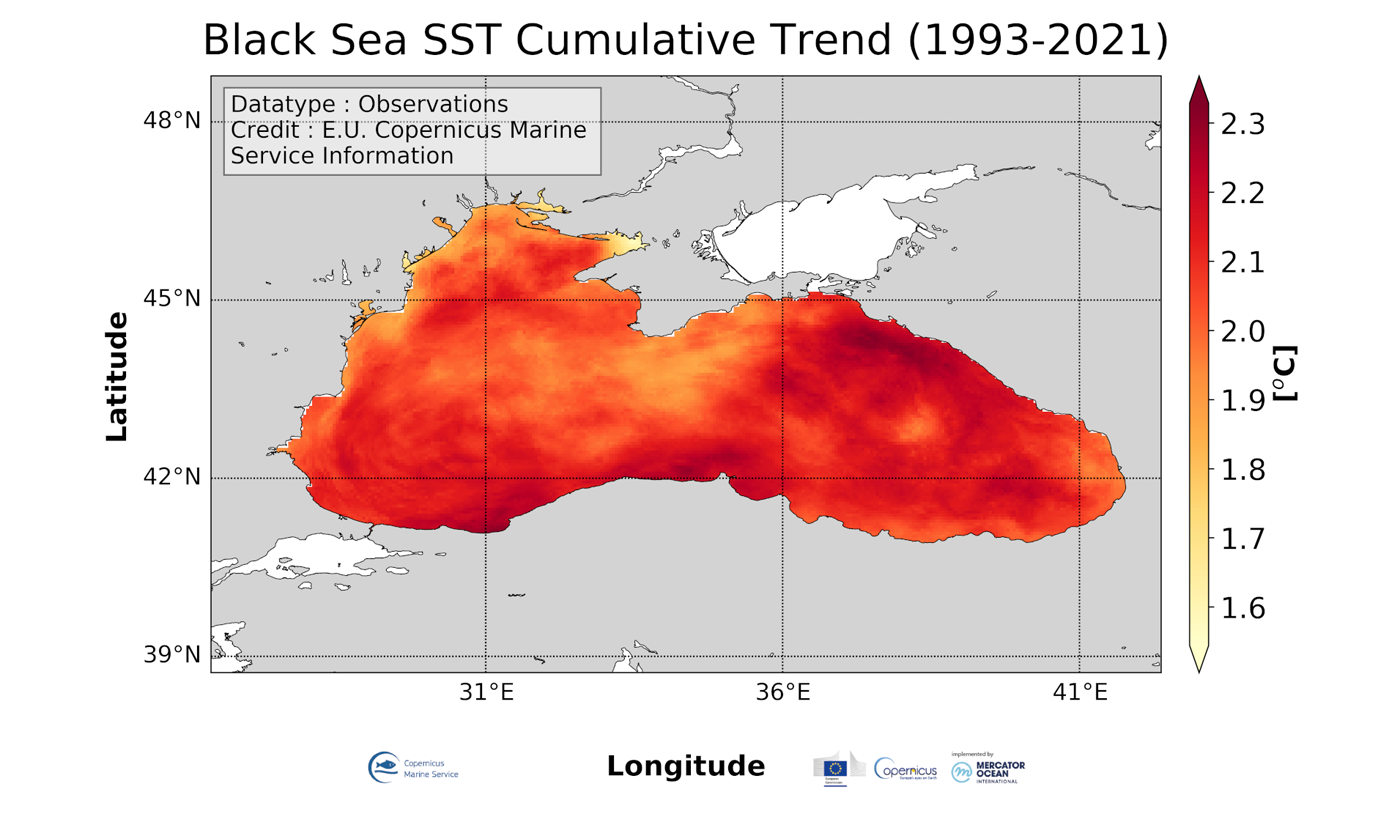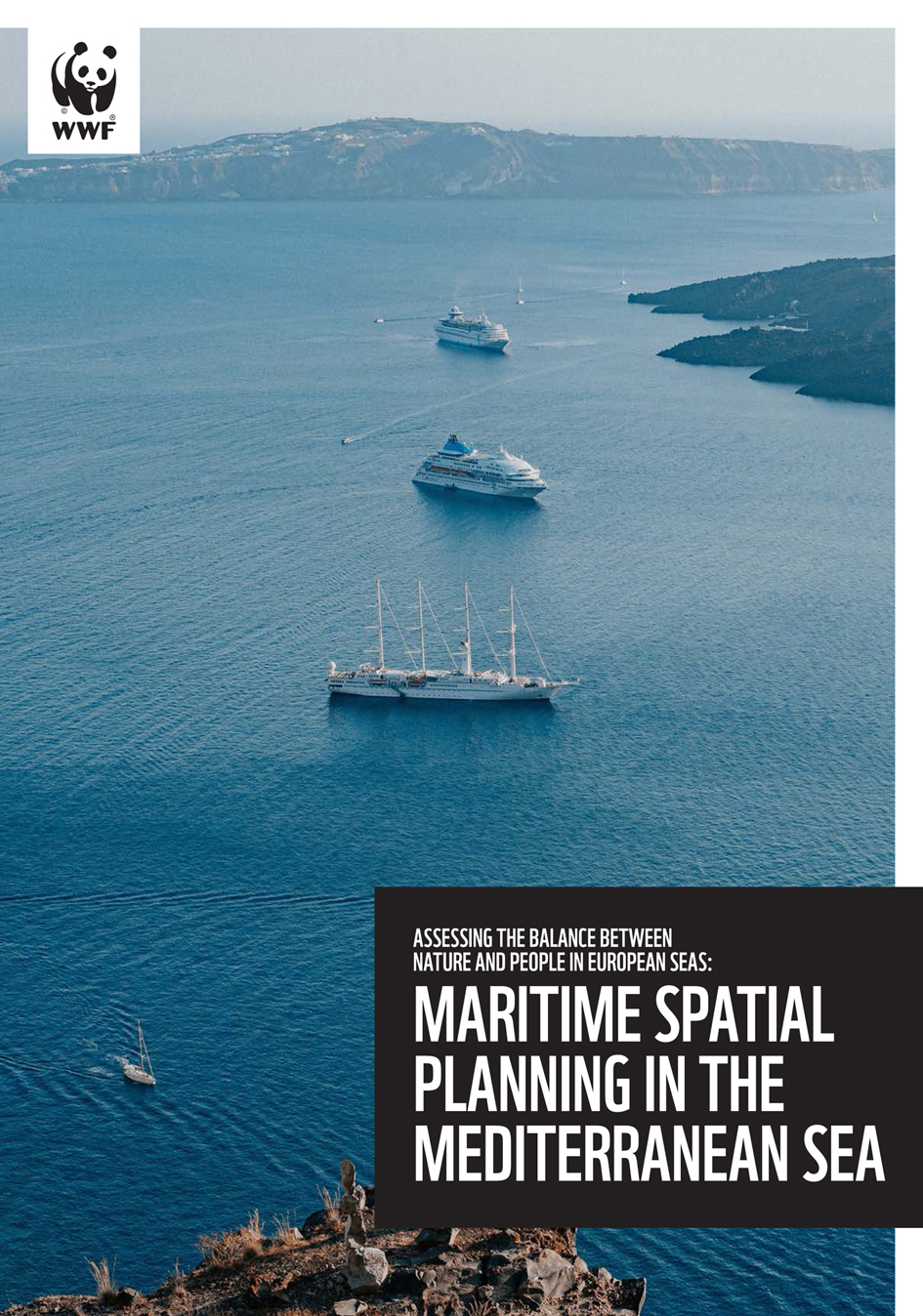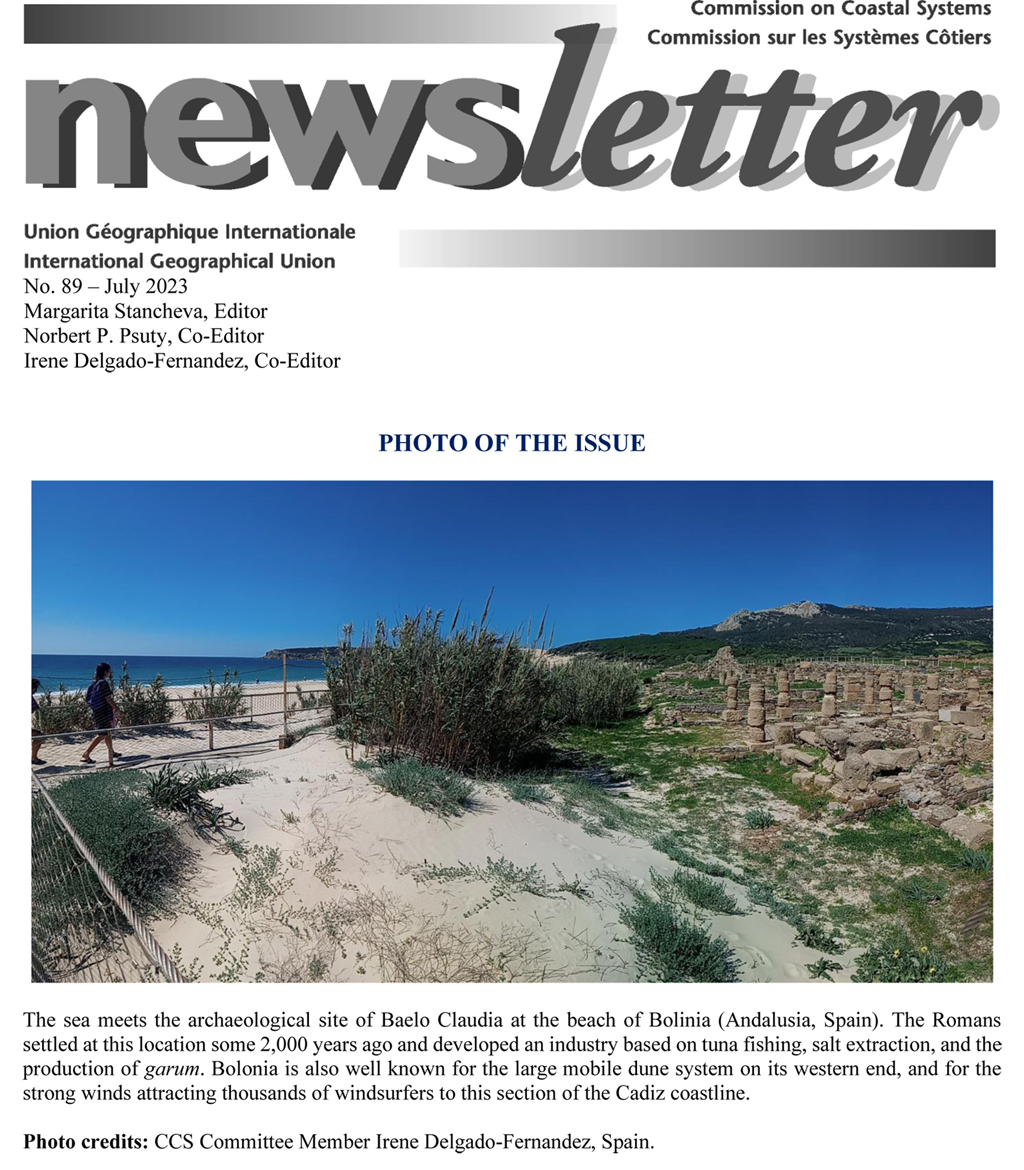News and Events
Copernicus EU: Global sea surface temperature reaches a record high
Copernicus has recently announced that over the last four months, the globe as a whole has seen a long period of unusually high sea surface temperatures (SSTs). Global average SSTs remained at record high levels for the time of year throughout April, May and June 2023, a situation that has continued into July 2023, with the largest SST anomaly for any July on record.
Global average SSTs are typically at their highest in March. However, data from the Copernicus Climate Change Service (C3S) have shown that, after an initial sharp rise in early March and a slight dip during April and May, SSTs have continued to rise to reach the highest value in the C3S ERA5 dataset, 20.96°C on 31 July. This is slightly above the previous record, from March 2016, of 20.95°C. As well as daily SSTs remaining consistently above average, this year has seen the largest SST anomaly by far for any July in the dataset. At 20.89°C, the monthly average SST was on par with March 2016 as the highest for all months in the ERA5 record. It was also by far the highest on record for July, with an anomaly of 0.51°C.
Black Sea Surface Temperature cumulative trend map from Observations Reprocessing show the highest intensity among all the other European Seas

The spatial pattern of the Black Sea SST trend reveals a general warming tendency, ranging from 0.053 °C/year to 0.080 °C/year. The spatial pattern of SST trend is rather homogeneous over the whole basin. Highest values characterize the eastern basin, where the trend reaches the extreme value, while lower values are found close to the western coasts, in correspondence of main rivers inflow. The Black Sea SST trend continues to show the highest intensity among all the other European Seas.
https://data.marine.copernicus.eu/product/BLKSEA_OMI_TEMPSAL_sst_trend/description
DOI (product): https://doi.org/10.48670/moi-00218
BLUE CARBON HANDBOOK: NATURE-BASED SOLUTIONS FOR CLIMATE ACTION AND SUSTAINABLE DEVELOPMENT

With the urgent need for accelerated climate action to halt the worst impacts of climate change, the world’s coastlines offer a natural solution in ‘blue carbon’ ecosystems that can have an immediate impact.
Blue carbon ecosystems such as mangrove forests, seagrass beds and tidal marshes are vital natural assets. Their importance in helping to mitigate climate change is, on its own, a strong argument for their active protection and conservation. Yet, these ecosystems also provide a myriad of other local and global benefits such as enhancing biodiversity, supporting the food and economic security of coastal communities, and buffering and protecting coasts from erosion and flooding, reinforcing their wider importance for sustainable development.
While global interest in blue carbon is rising, the full potential of this nature-based solution for delivering on the ambitions of the Paris Agreement, the Kunming-Montreal Global Biodiversity Framework, and a sustainable ocean economy is not yet being realised. Meanwhile these ecosystems continue to be destroyed and degraded worldwide.
CCS July 2023 Newsletter published and ready for read!
The Commission on Coastal Systems (CCS) to the International Geographical Union (IGU) is delighted to inspire you with July 2023 Newsletter: you can discover the latest news, CCS recent and upcoming activities, meetings and collaborations by following the CCS website: http://igu-coast.org/
The CCS Newsletter is issued twice a year and highlights the activities of the Commission on Coastal Systems and its members all across the world. If you would like to join CCS network, you only need to fill out the form at the end of the Newsletter or to get in contact with CCS!
Enjoy the content of CCS July 2023 Newsletter and participate by sharing information and disseminating it to your wide networks and interested readers. Please visit CCS website, join CCS coastal community, and share your exciting ideas and outcomes with CCS.
Commission on Coastal Systems, International Geographical Union
A new WWF assessment of MSP in the EU Mediterranean published!

National maritime plans are misaligned within and across borders, fail to account for climate change, and are off track to achieve renewable energy and marine protection targets.
A new WWF assessment of maritime spatial planning (MSP) in the EU Mediterranean reveals the region is significantly lagging behind in applying an ecosystem-based approach to the long-term management of the basin.
Read more: A new WWF assessment of MSP in the EU Mediterranean published!

